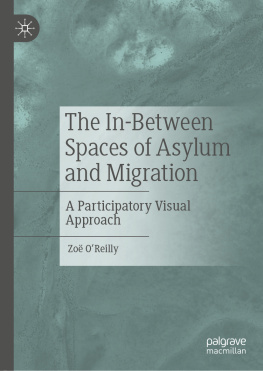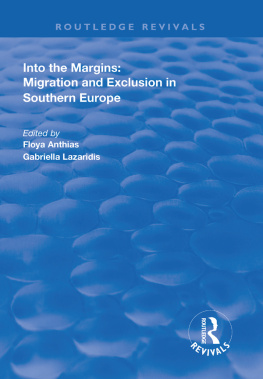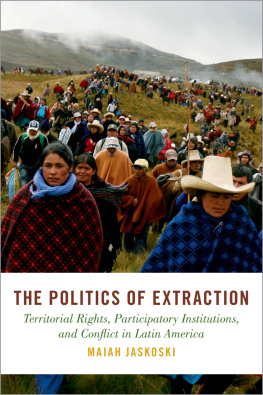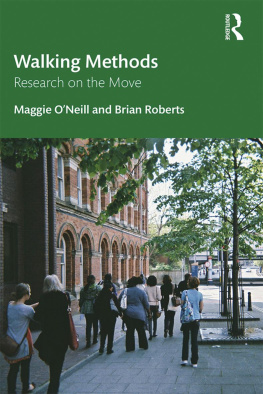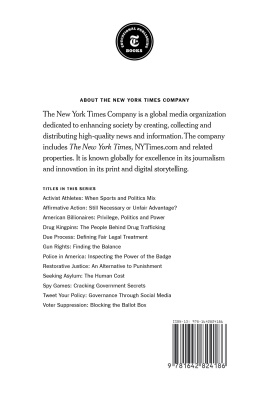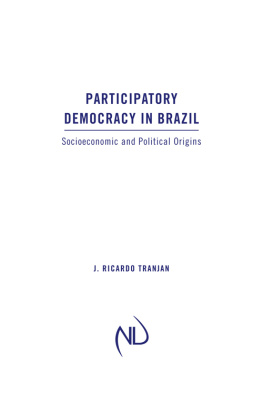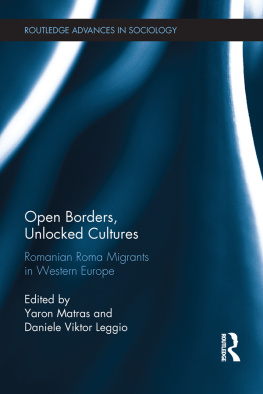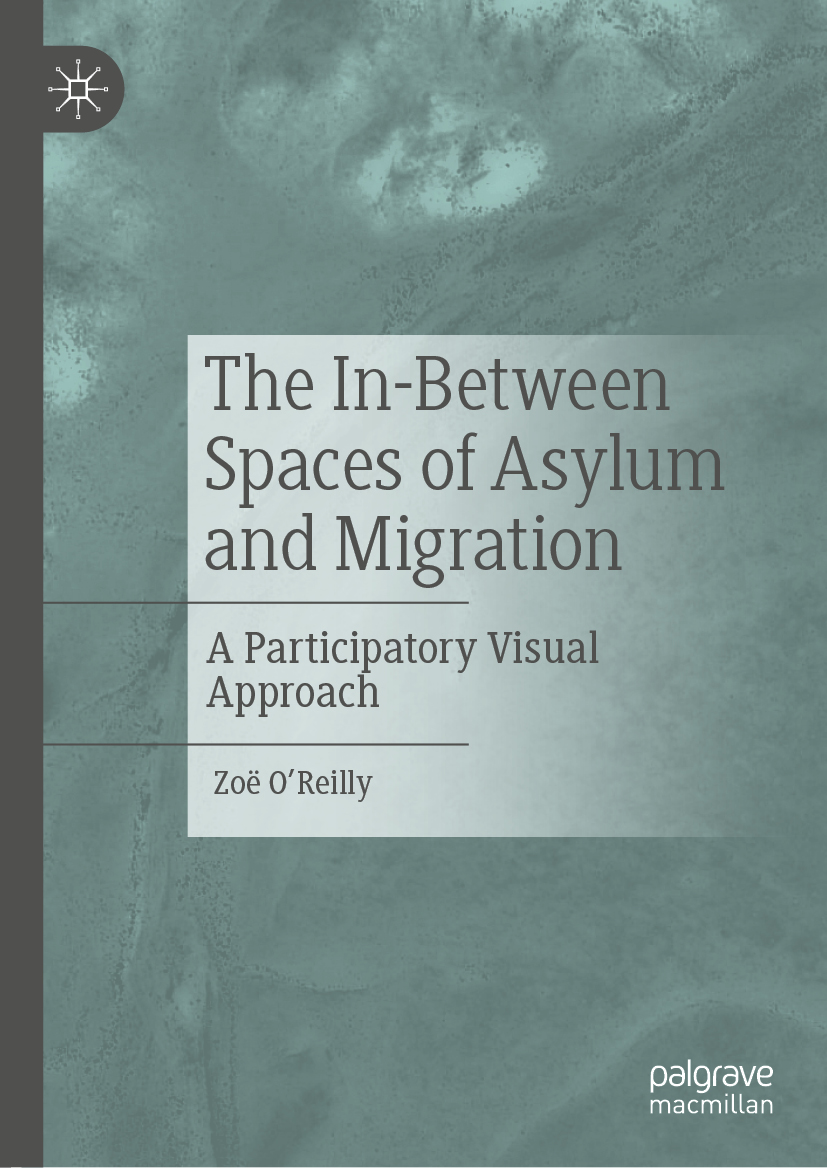Zo OReilly
Department of Geography, Maynooth University, Dublin, Ireland
ISBN 978-3-030-29170-9 e-ISBN 978-3-030-29171-6
https://doi.org/10.1007/978-3-030-29171-6
The Editor(s) (if applicable) and The Author(s), under exclusive license to Springer Nature Switzerland AG 2020
This work is subject to copyright. All rights are solely and exclusively licensed by the Publisher, whether the whole or part of the material is concerned, specifically the rights of translation, reprinting, reuse of illustrations, recitation, broadcasting, reproduction on microfilms or in any other physical way, and transmission or information storage and retrieval, electronic adaptation, computer software, or by similar or dissimilar methodology now known or hereafter developed.
The use of general descriptive names, registered names, trademarks, service marks, etc. in this publication does not imply, even in the absence of a specific statement, that such names are exempt from the relevant protective laws and regulations and therefore free for general use.
The publisher, the authors and the editors are safe to assume that the advice and information in this book are believed to be true and accurate at the date of publication. Neither the publisher nor the authors or the editors give a warranty, expressed or implied, with respect to the material contained herein or for any errors or omissions that may have been made. The publisher remains neutral with regard to jurisdictional claims in published maps and institutional affiliations.
This Palgrave Macmillan imprint is published by the registered company Springer Nature Switzerland AG
The registered company address is: Gewerbestrasse 11, 6330 Cham, Switzerland
Acknowledgements
I am grateful to Olga Jubany, the book series editor, and the editorial and production teams for Palgrave Macmillan, including Poppy Hull and Beth Farrow.
The research that forms the basis of this book was funded by the National Institute for Regional and Spatial Analysis (NIRSA) at Maynooth University and the Irish Social Sciences Platform (ISSP) as part of their doctoral research programme.
I would like to thank several people for very helpful and insightful feedback on early drafts of this book, including Professor Mary Gilmartin, Dr. Gavan Titley, Dr. Anthony Haughey, Dr. Cian OCallaghan, Dr. Liam Thornton and Dr. Alan Grossman, as well as the anonymous reviewers of the book.
I am grateful to Dr. Anthony Haughey and Dr. Alan Grossman at the Centre for Socially Engaged Practice-Based Research at TU Dublin for support and space to write, and to Vukasin Nedeljkovic for kind permission to use maps from the Asylum Archive.
Many thanks are due also for help and support in various ways to Margaret Burns, Rory ONeill, Aoife Reilly, Prof. Karen Till, Prof. Gerry Kearns; to the OReilly family, and to Alain Servant and Solomon OReilly Servant.
Finally, I am enormously grateful to the participants of this research project, whom it was a pleasure to work with and to get to know, and without whom this book would not exist. For their participation, ideas and enthusiasm, and for their endless courage and humour in the face of an extremely challenging situation.
List of Figures
Fig. 2.1 Number of applications for refugee status to ORAC/IPO per year from 1991 to end of September 2018 (SourceRIA Monthly Report, October 2018)
Fig. 2.2 RIA residents by county, end September 2018 (SourceRIA Monthly Statistics Report, September 2018)
Fig. 2.3 Direct Provision centres in Ireland open as of July 2018 marked in red (SourceAsylum Archive [Nedeljkovic 2018])
Fig. 2.4 Direct Provision centres in Dublin open as of July 2018 marked in red (SourceAsylum Archive [Nedeljkovic 2018])
Fig. 2.5 Numbers of people in the system and waitingtimes (SourceDepartment of Justice and Equality, http://www.justice.ie/en/JELR/Pages/PQ-24-07-2018-1208 )
Fig. 2.6 Duration of stay of residents in Direct Provision accommodation in September 2018 (SourceRIA Monthly Statistics Report, September 2018)
Fig. 5.1 Hotel
Fig. 5.2 Number
Fig. 5.3 Stuck in a box
Fig. 5.4 View from the window
Fig. 5.5 Freedom
Fig. 5.6 Birds
Fig. 5.7 Daily ordeal
Fig. 5.8 Corridor 1
Fig. 5.9 Corridor 2
Fig. 5.10 Corridor 3
Fig. 5.11 Corridor 4
Fig. 5.12 Corridor 5
Fig. 5.13 Corridor 6
Fig. 5.14 Corridors
Fig. 5.15 CCTV
Fig. 5.16 Garda station
Fig. 5.17 Eating area
Fig. 5.18 Privacy
Figs. 5.19 and 5.20 Same old, same old!
Fig. 5.21 Home
Fig. 5.22 Birthday
Fig. 5.23 Darkness and light
Fig. 5.24 Packed suitcases
Fig. 6.1 Bridge 1
Fig. 6.2 Bridge 2
Fig. 6.3 Landmark
Figs. 6.4 and 6.5 Swan
Fig. 6.6 Jim Larkin
Fig. 6.7 Historic building
Fig. 6.8 Nature
Fig. 6.9 Banana shoes
Fig. 6.10 Church
Fig. 6.11 Bible
Fig. 6.12 Saint Patricks Day

